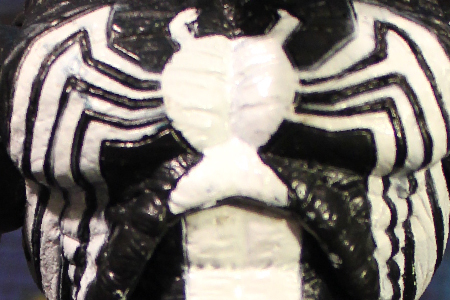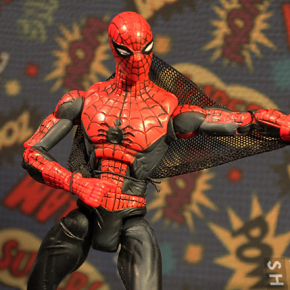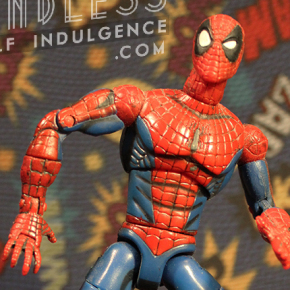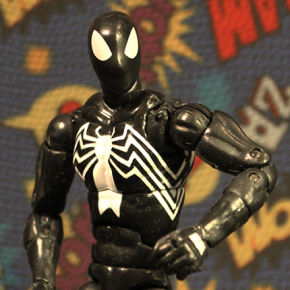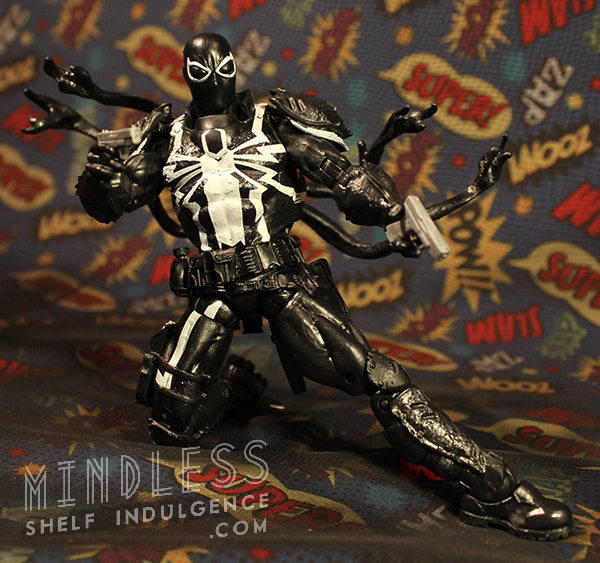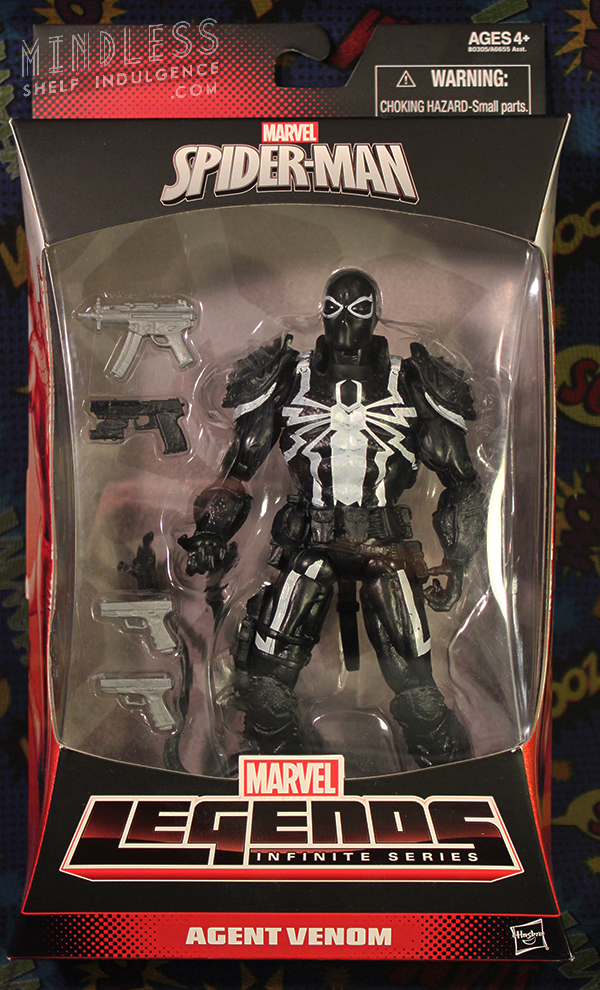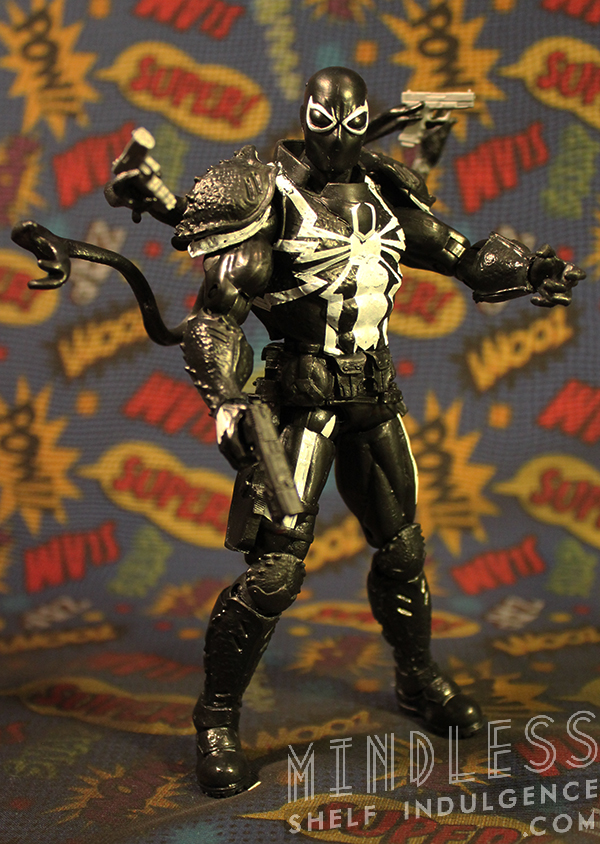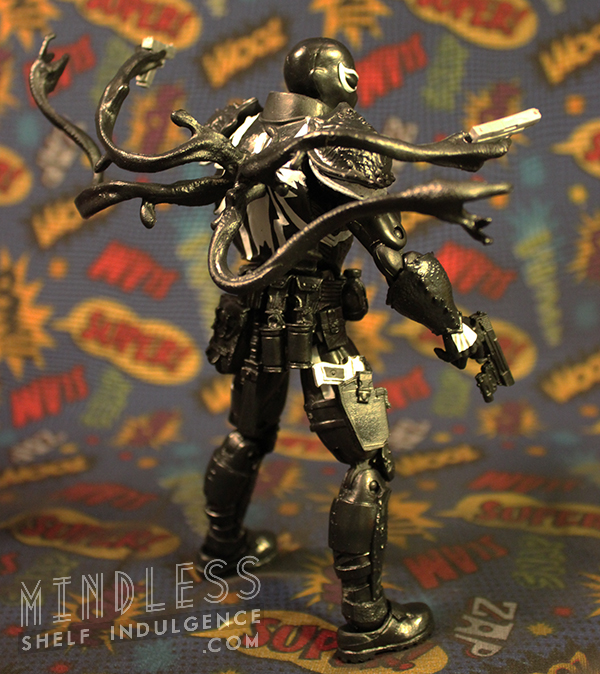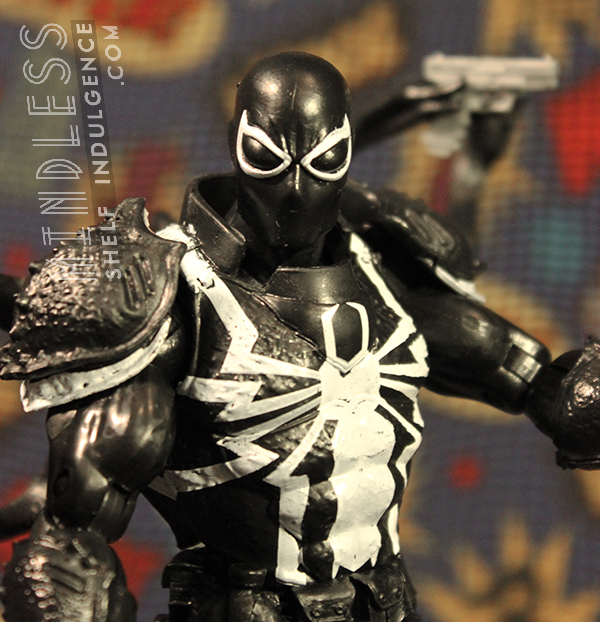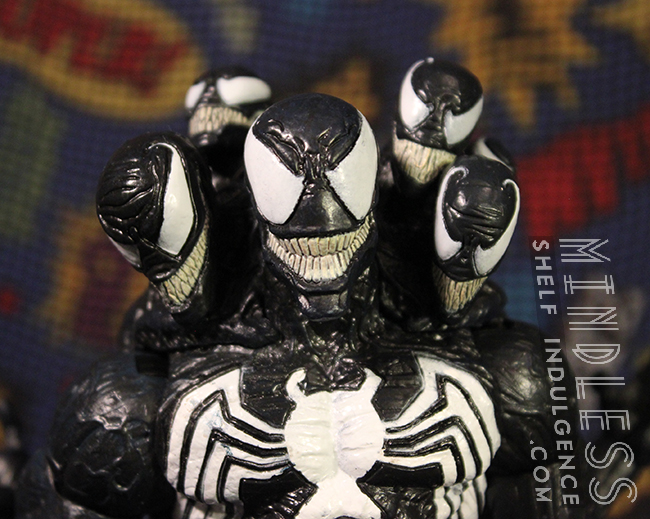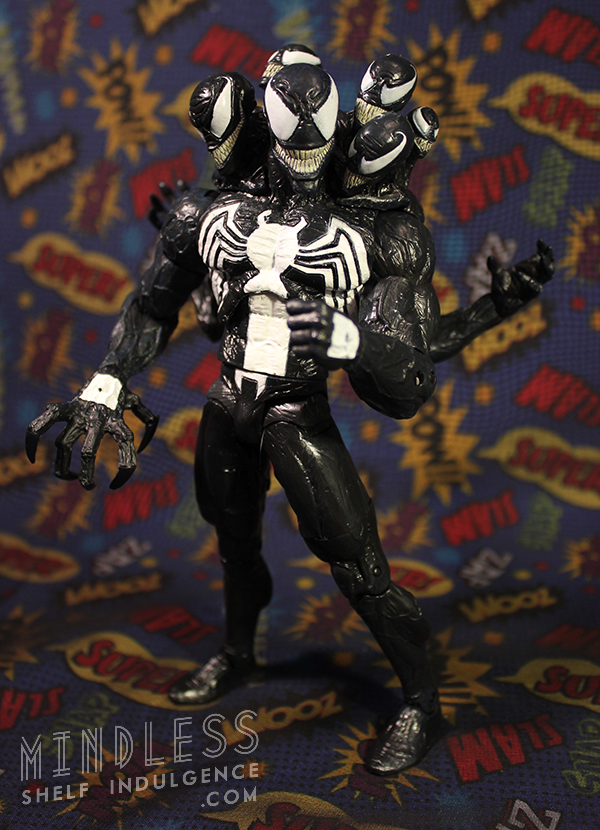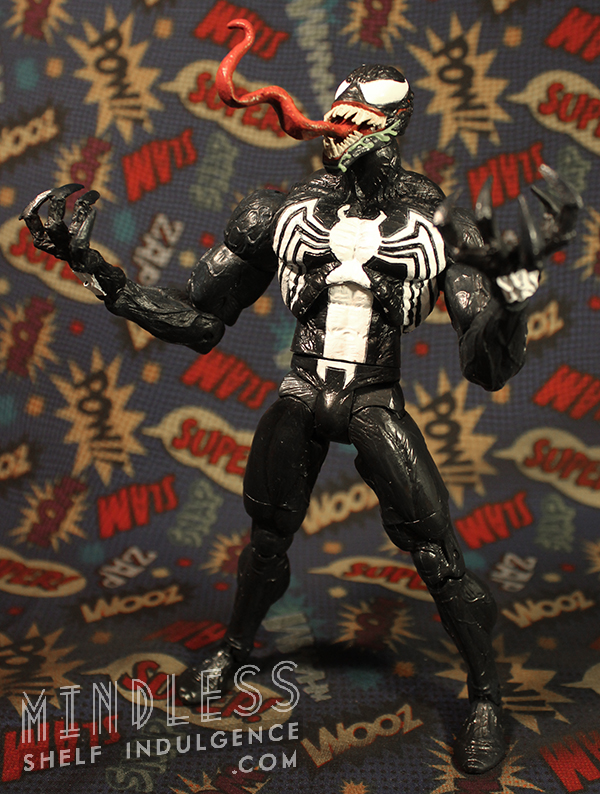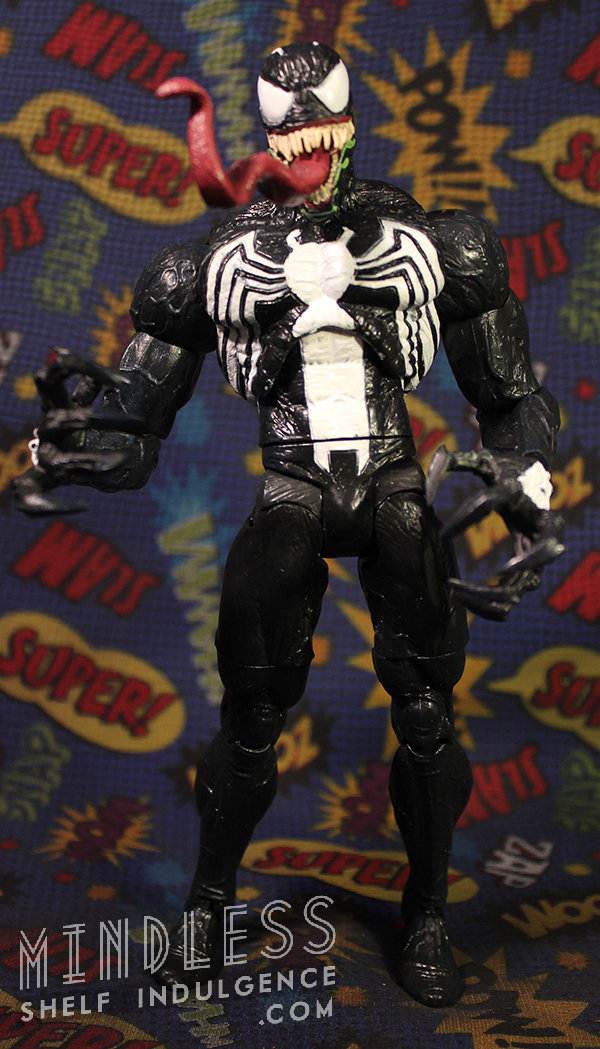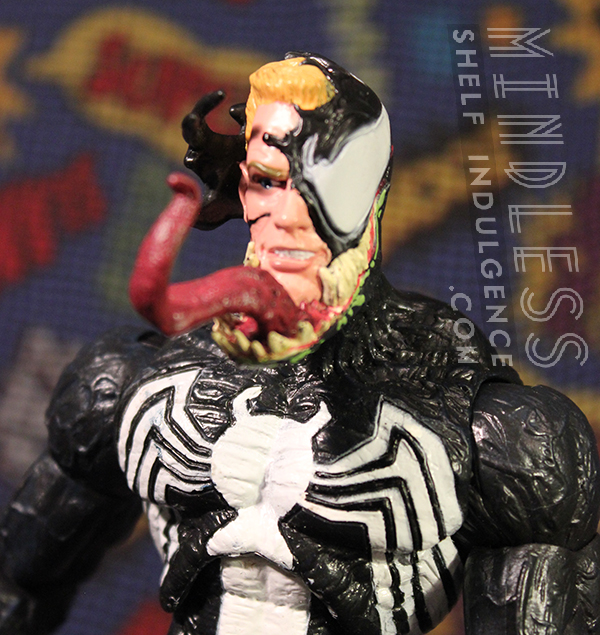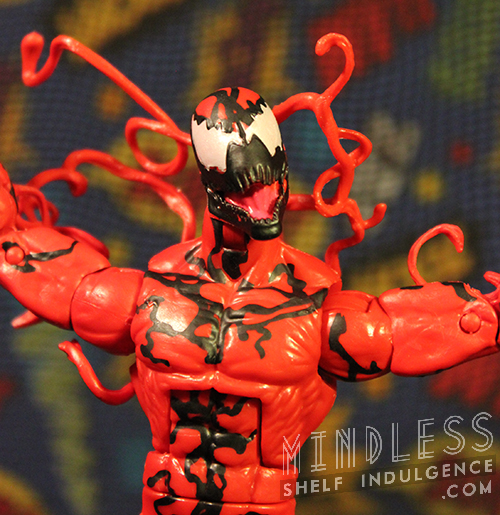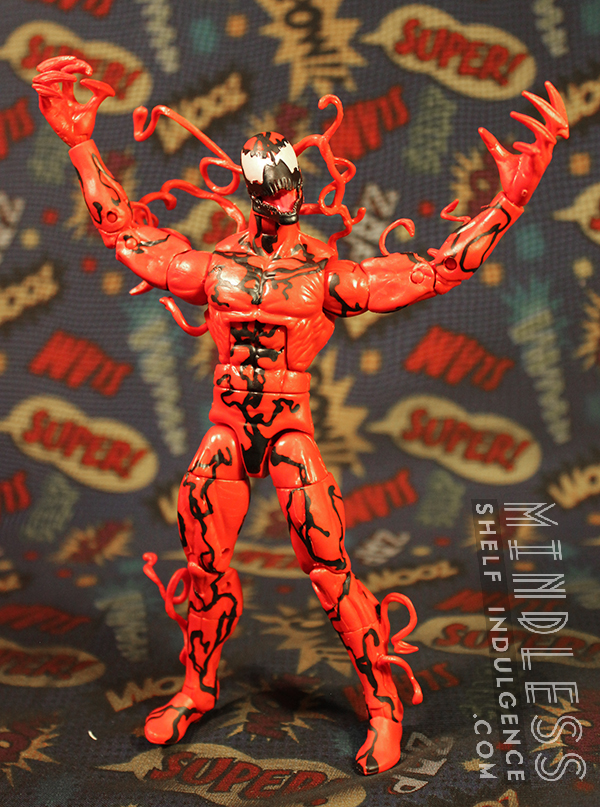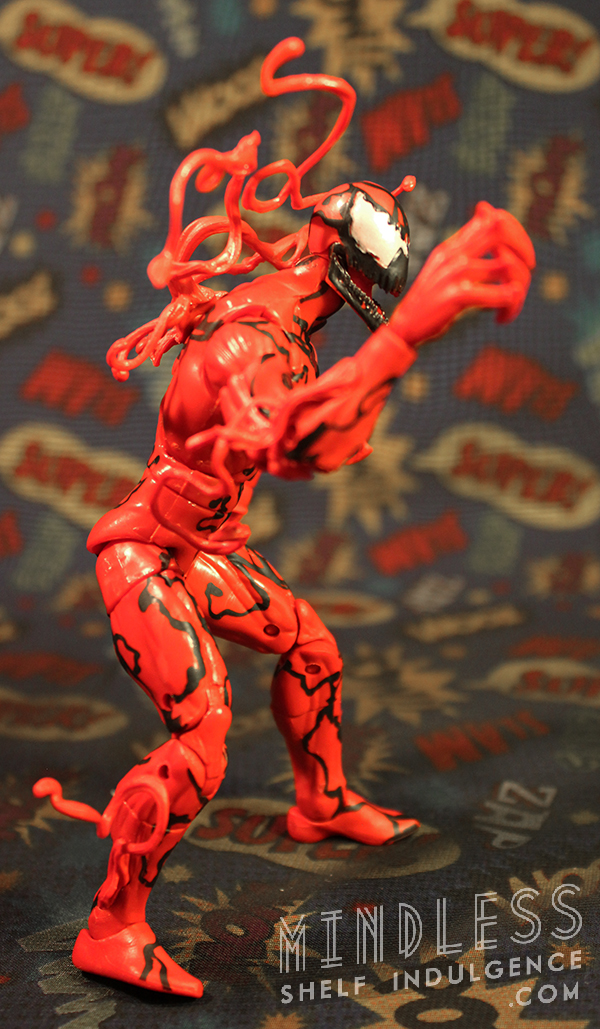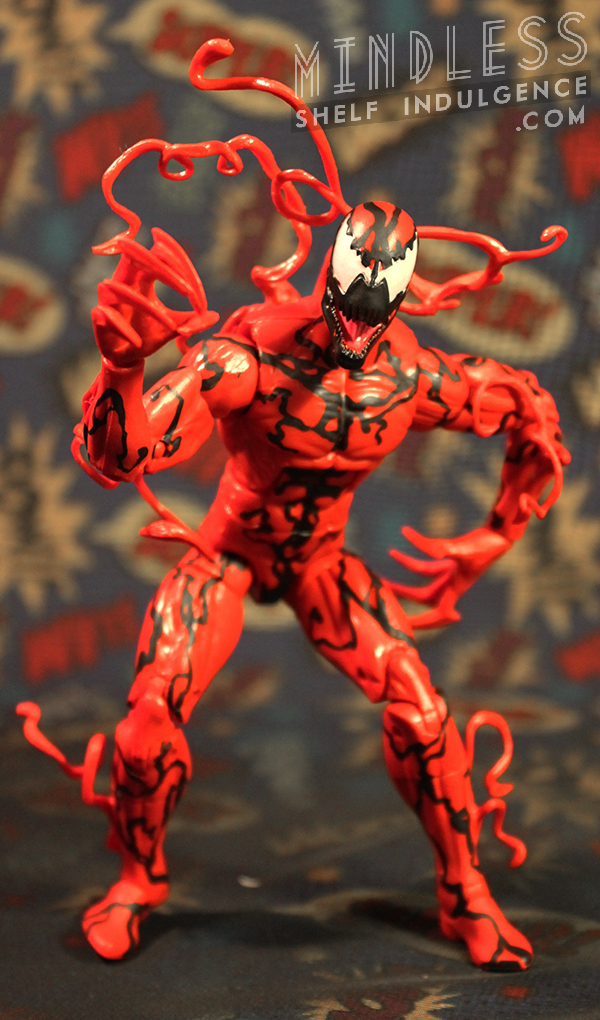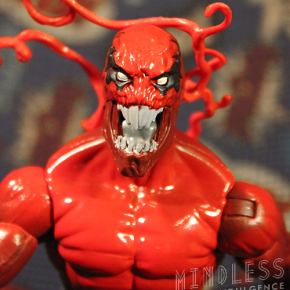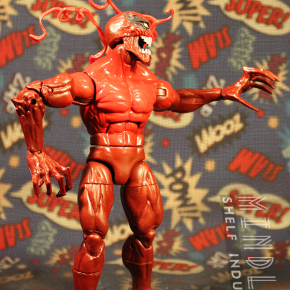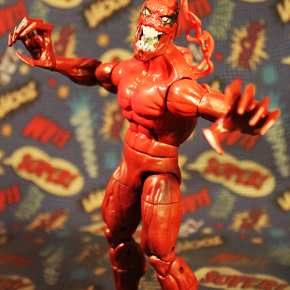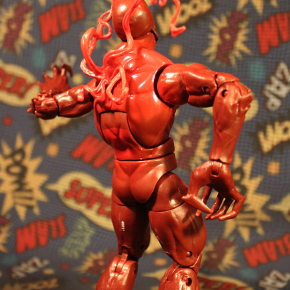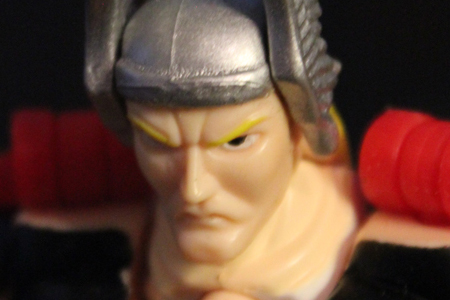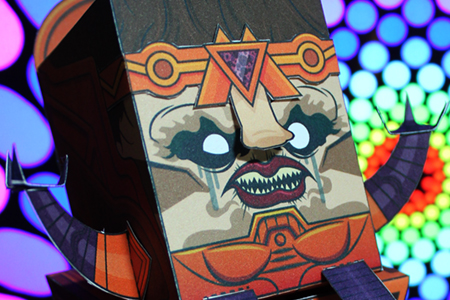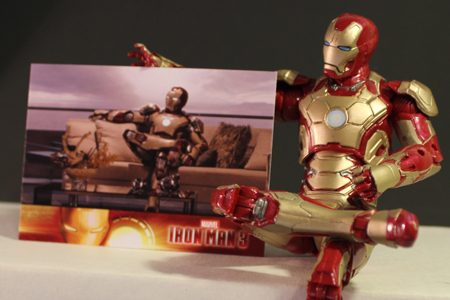
One of the reasons I love comics is that they’re a uniquely enduring narrative medium. The comic book format has allowed individual characters to evolve over decades, across ongoing narratives set in an ever-changing world, where more traditional forms of fiction usually truncate and summarize in the interest of brevity. Sure, there’s an argument for the legacy of enduring characters like James Bond or Sherlock Holmes, but there’s nothing like the constantly churning, month-to-month continuity of comic books. They observe singular characters from the moment of their birth (or alternately, the birth of their superpowers) to the moment of their death.
As longevity goes, the first widely-known superhero, Superman, appeared in 1938, and writers have been telling his story as an evolving character ever since. He’s died, come back to life, repented for various actions and errors, and continually learned from his circumstances. While many stories and different forms of media may divert or reinvent the character, comic book Superman is usually the same Superman, always evolving from each subsequent challenge. The same can be said for most comic characters, though few have had lifespans as long as that of Superman. Batman is a close second for longevity, and maybe one of the most reinvented characters of all time, because his awesomeness cannot be confined to linear time.
Spider-Man appeared in 1962, and while his fast-talking, wise-cracking personality has been relatively consistent, he’s probably had more temporary costume changes than any other comic character, from a red and gold suit given to him by Iron Man, to suits designed to mitigate threats presented by specific villains, suits that represented his temporary cosmic power or membership in the Fantastic Four, and even one consisting of a hoodie with cutoff sleeves, because comic artists are not very good fashion designers. And once, a paper bag for a mask. But, believe it or not, Spider-Man’s first major transformation, from his standard red-and-blues into a very 1980s-anti-hero all-black, came from an alien vending machine that he found on a spaceship in the middle of an abduction…
… during a storyline that was expressly written to sell toys, knowing that a repaint was cheap to produce.
Because, of course, comics are awesomely weird. Venom’s legacy is tied to selling action figures, and that legacy runs deep.
Spider-Man’s black costume is interesting in that it represents the beginning of a legacy, and an aspect of comics’ long-form stories that isn’t often explored: comic characters having kids and forming generations within their family. While comic families may occasionally have progeny, those kids usually hover around the same age for a really long time, stuck in the weird and malleable time-logic of comics. There really aren’t a lot of comic book grandpas, and Mr. Fantastic’s kids have been pre-teens for a really, really long time. Because Spider-Man’s black costume was actually a symbiotic alien creature that liked to pretend to be spandex and make lots of babies, comic readers witnessed multiple generations of the alien’s progeny appear and evolve, bearing similarities and differences to generations before and after them.
The expanding Venom family is biblical in proportion. Venom bonded with Peter Parker. Venom later bonded with a serial killer and begat Carnage. Carnage begat Toxin, who ended up rebelling against his dad and becoming a hero. Someone squirted out Anti-Venom, who also ended up being a kind of hero. Carnage plopped out a few more evil symbiotes who no one really cares about. Eventually, after a bunch of hosts, Venom bonded with a war hero and became heroic itself. All of these weirdo characters are the products of an alien goop essentially mating with a human host and creating more of itself based on their combined personalities. It’s a complicated extended family which is only slightly less draining to understand than the incestuous time-travel knot of a family tree that is the X-Men. That X-mansion in Westchester should be a bunch of shacks made from shipping containers interspersed with moonshine distilleries.
The most recent version of the Venom symbiote is Agent Venom. After dabbling in heroics for a while, Venom bonded with Peter Parker’s old high school bully, Flash Thompson, who had since become a soldier and lost his legs in the war. With the symbiote (mostly) under his control, Flash could form legs and become ambulatory again – of course, because comics, this came with a price. It’s a story of redemption for an alien and a person who were both kinda assholes once, and it’s a great story beat that no one could have predicted 30 years ago when Venom was introduced, or even further back when Flash Thompson appeared alongside Peter Parker’s first appearance.
Because Agent Venom is a great character, Hasbro produced an action figure of him in their ‘Spider-Man Legends’ line. Curiously, the figure could only be found at Walgreens. I’m not sure why a major toy company would relegate an important and in-demand comic character to the ‘shut your damn kids up’ aisle in a pharmacy, right next to the Bacon Waves and Pajama Jeans, but it certainly gave me something to do while my girlfriend picked out cosmetics – and for that, I am grateful, Hasbro. You crazy sons of bitches.
Agent Venom is a pretty solid figure. He comes with four guns and a system of tendrils which attach to his back, and hold as many of these guns as you’d like. He’s as articulated as you’d expect any Marvel Legends figure to be, and so many miles better than Hasbro’s first attempts at Marvel Legends after picking up the license years ago. As characters go, I’m usually not into GI Joe army dudes, but Agent Venom is a rare story about American heroism. Most comic superheroes aren’t American military personnel, nor are they amputees.
If you’re going to look at Agent Venom, it’s important to look at the original Venom also. The best and most thorough representation of Venom was made by Marvel Select.
I have a special fondness for figures that include interchangeable parts to represent different iconic moments or aspects of that character. Diamond’s “KHAAAAN!” Kirk Minimate is a good example of this, including both a regular Kirk head and one screaming head, as well as a removable vest and other scene-specific accoutrements. Here, we have the inherent multiplicity of Venom – a simple alien symbiote, but also a more vicious dude with a long, gross tongue and sharp claws. We also have a mid-transformation head, which is a mix of the original Eddie Brock Venom and the alien goop, and finally, an attachment which is just a bunch of crazy heads and arms which are, presumably, both his multiple personalities and his babies, as well as some heavy-handed metaphor stuff.
After Venom came Carnage, a gross mess of exposed flesh and blood that really is the epitome of all 1990s comic book characters. The 90s were an era where Image Comics and Todd McFarlane really pushed against the lower limits of good taste, and publishers began to embrace the idea of blood and gore equaling sales. A more vivid kind of violence sprung up in comics as they matured into a more “adult” form of art, and Carnage was the literal expression, both in name and in appearance, of all of this newly expressed blood and viscera. And as an aspiring 90s goth kid, I loved it.
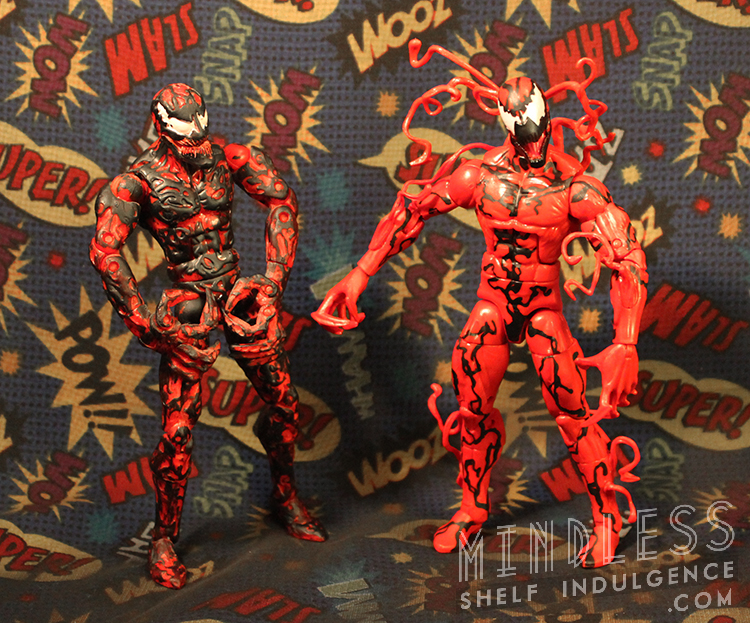
2004 Carnage was an expression of the McFarlane age of toys, wherein toy companies were often compelled to add in as many details as possible, whether or not they were accurate to their source material. 2014 Carnage is an expression of the DC Universe Classics age, where a return to comic book appearances was held in higher esteem than trying to make something complicated. Printed detailing, more accurate to the source illustrations, just feels like a truer approach to the character, even if gnarly Carnage was pretty cool for its day.
For good measure, the same can be seen in this pair of Toxin figures, one in a calm state, and one in an agitated state, but eight years apart.
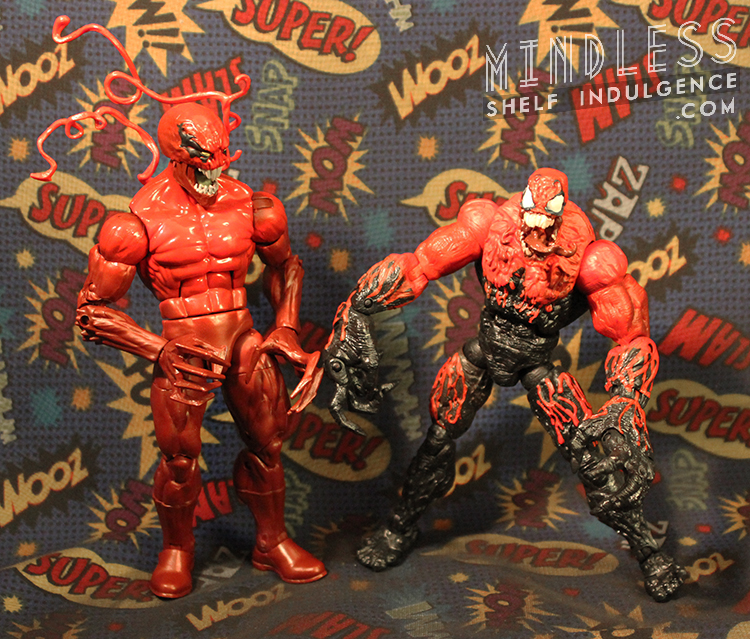
The symbiotes are great because they can spawn and reproduce without needing to pay that much attention to the relative time in which they exist. You don’t need to wait 18 years and 9 months to see what will come out next, and you don’t have to explain their age in comic-time. Venom becoming a dad doesn’t necessarily age it in human terms. The whole symbiogenesis thing is kinda played out, according to some, but it’s one of the more laterally expandable ideas to come out of comics. That, and I’m always interested to see what the next alien weirdo might be.
So, like, long live alien weirdos.
 C. David is a writer and artist living in the Hudson Valley, NY. He loves pinball, Wazmo Nariz, Rem Lezar, MODOK, pogs, Ultra Monsters, 80s horror, and is secretly very enthusiastic about everything else not listed here.
C. David is a writer and artist living in the Hudson Valley, NY. He loves pinball, Wazmo Nariz, Rem Lezar, MODOK, pogs, Ultra Monsters, 80s horror, and is secretly very enthusiastic about everything else not listed here.
